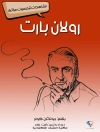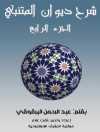Novel horizons analyses how narrative prose fiction developed during the English Restoration. It argues that after 1660, generic changes within dramatic texts occasioned an intense debate within prologues and introductions. This discussion about the poetics of a genre was echoed in the paratextual material of prose fictions. In the absence of an official poetics that defined prose fiction, paratexts fulfilled this function and informed readers about the budding genre. This study traces the piecemeal development of these boundaries and describes the generic competence of readers through the analysis of paratexts and prose fictions.
Novel horizons covers the surviving textual material widely, focusing on narrative prose fictions published between 1660 and 1710. In addition to tracing the paratextual poetics of Restoration fiction, this book also covers the state of the art of fiction-writing during the period, discussing character development, narrative point of view and questions of fictionality and realism.
Tabella dei contenuti
Introduction: making novel readers
Part I: The rise of the novel as genre
1. The novel and its critics
2. The temporality of genre
Part II: Paratexts: the genesis of genre
3. Seventeenth-century writing: shifting forms
4. Paratext and drama
5. Paratext and prose
Part III: The Restoration novel
6. Narrating, telling, and speaking
7. Types, characters, individuals
8. Truth and fiction: reality and the page
Conclusion: reading a genre into being
Endnotes
Bibliography
Index
Circa l’autore
Gerd Bayer is Privatdozent in the English Department at the University of Erlangen












